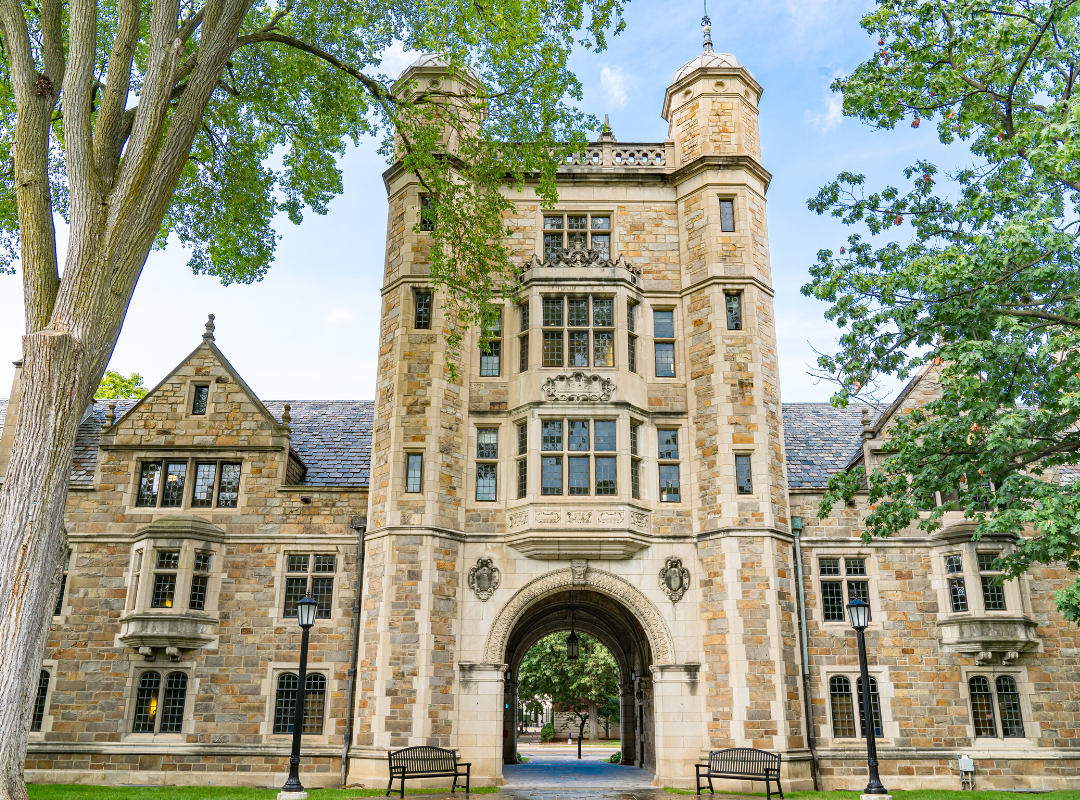It is becoming clearer each day that the health and economic crisis created by the COVID-19 pandemic won’t just change the way we live and work, it will also change the way we educate.

Paul Weinstein Jr. is the Director of the MA in Public Management program at Johns Hopkins University and a senior fellow at the Progressive Policy Institute.
It is becoming clearer each day that the health and economic crisis created by the Covid-19 pandemic won’t just change the way we live and work, it will also change the way we educate. Already colleges and universities across the nation have closed their campuses and shifted to online, video-teaching, or some combination of the two for the remainder of the spring semester.
But what will happen after that? Our higher education system will not go back to the status quo ante, that much is clear. The experience of shifting to remote learning will have long-lasting effects on the ways we think about teaching and learning.
That’s the upside, but there are also serious downsides that we need to start thinking about — now. And to address them we’ll need decision-makers in Washington and state capitals to prepare the groundwork.
Here are three things that will be different.
First, next year’s incoming students will have fewer resources than last year’s. Very likely these students and their families will be under greater financial strain and more concerned about the health consequences of living in dormitories and attending large classes with hundreds of their peers. According to a study conducting by the Art and Science Group, 1 out of 6 high school seniors who expected to attend college this fall are rethinking those plans.
Second, next fall we are going to have fewer colleges for new and current students to attend. A sizable number of small private colleges may have to close their doors because they are tuition-dependent and don’t have significant endowments. Many of these schools have lived on the margins for a long time, able to postpone tough budget choices as long students could access federal loans to finance the rising price of a college education. A 2016 report by Ernst & Young noted there are 800 colleges vulnerable to “critical strategic challenges” because they depend on tuition for more than 85% of their revenue. Already more than 90 colleges have closed in the last three years according to EducationDive — and that number will likely increase dramatically because of the impact of Covid-19.
Finally, many state schools (including 4-year and community colleges) are already overcrowded with students who can’t get into the classes they need to graduate. These schools will be unable to accommodate the increased number of students seeking less expensive alternatives to private schools.
Fortunately, a number of America’s leading public and private schools have large endowments (106 have endowments over $1 billion according to the Chronicle of Higher Education) and they have the resources — both technological and personnel — to help. How? By dramatically expanding online and virtual learning to those who — because of the crisis — can no longer afford the high cost of tuition, have lost their place at college because their school went out of business, or have lost their job.
When our political leaders in Washington failed to recognize the seriousness of the Covid-19 crisis, America’s colleges and universities stepped up to the plate by shuttering their on-campus operations and swiftly moving students to virtual education for the rest of the spring semester. Undoubtedly this will save countless lives, but their work is not done. Colleges and universities will need to step up again this fall when the worst of the health crisis is hopefully over and the struggle to reboot America’s economy begins.
https://medium.com/@progressivepolicyinstitute/college-and-covid-19-ba8801ec66c0